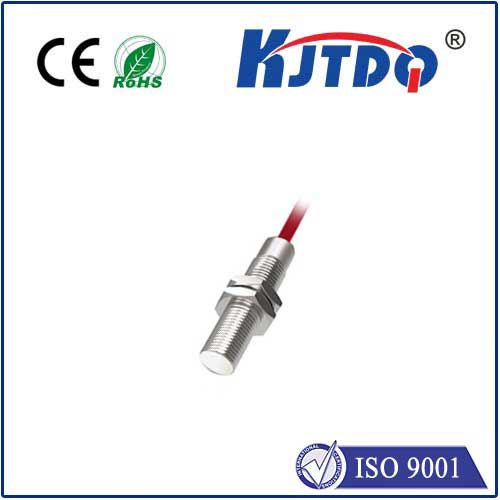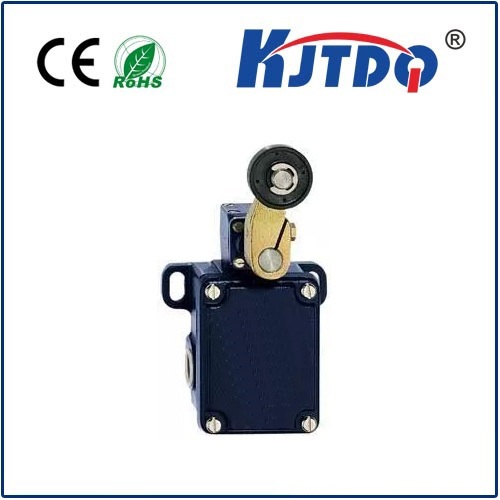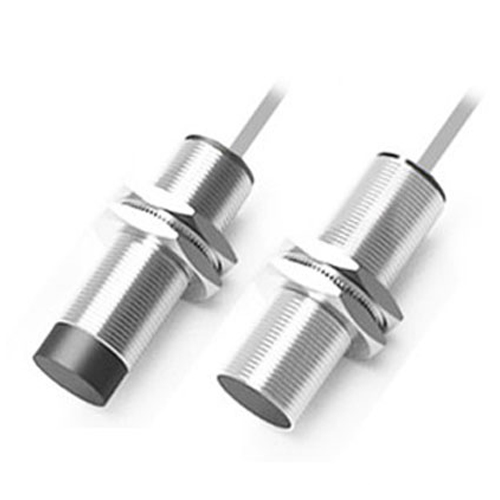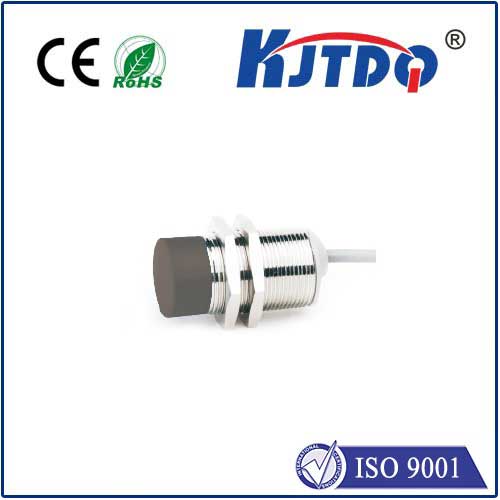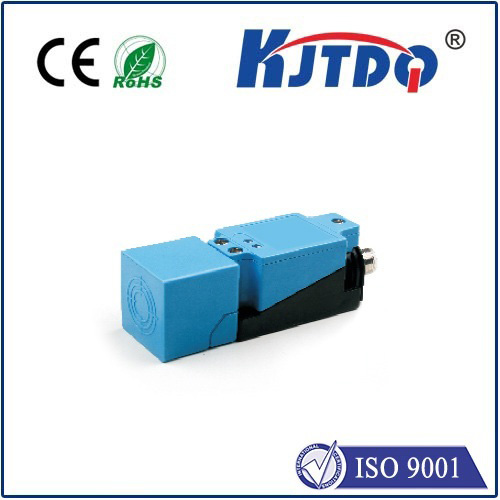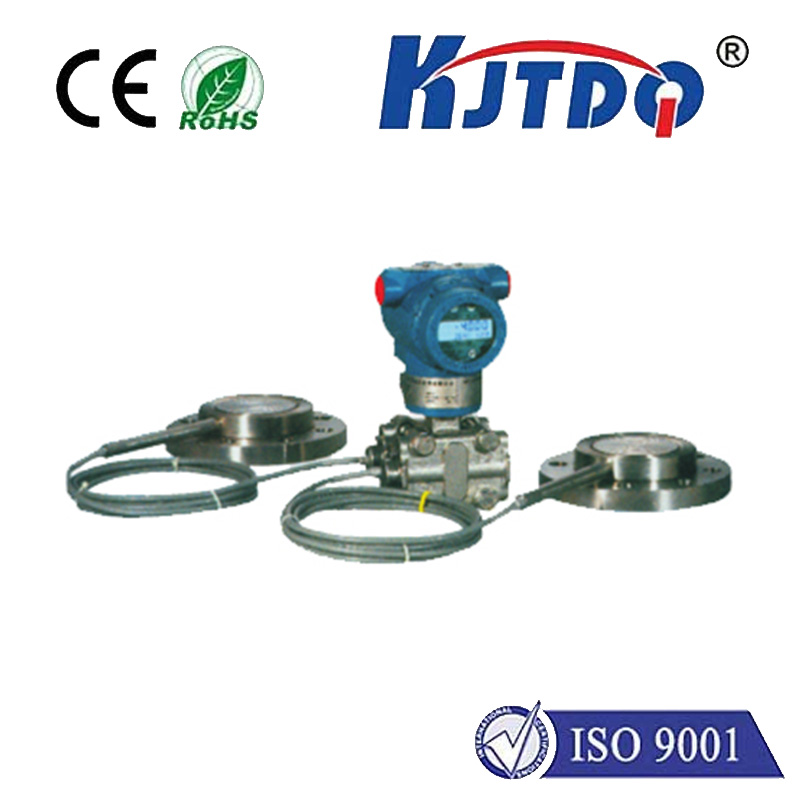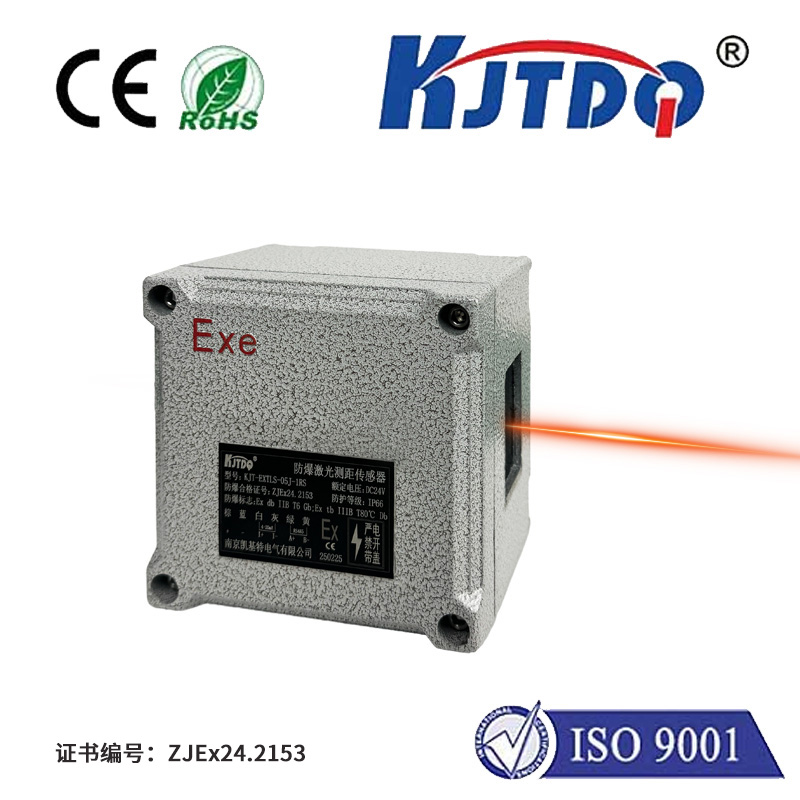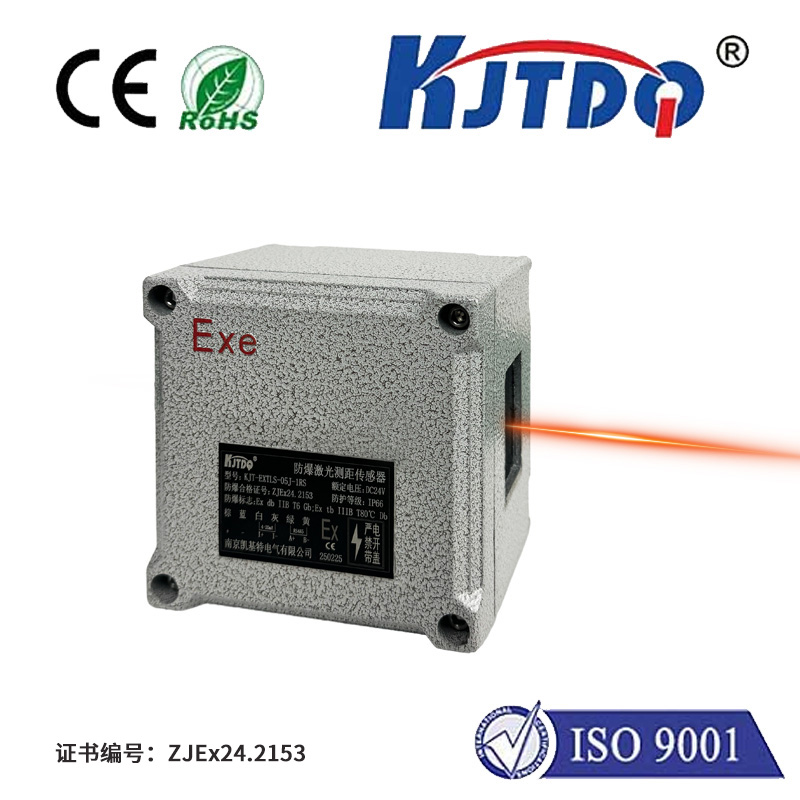oem pressure sensor
- time:2025-08-19 11:49:55
- Click:0
The Strategic Value of OEM Pressure Sensors: Designing Precision at Scale
In the intricate dance of modern machinery and systems, countless components work silently in the background. Among the most crucial, yet often unseen, are OEM pressure sensors. These aren’t your off-the-shelf, generic units. They are the specialized, high-performance workhorses designed specifically to be seamlessly integrated into Original Equipment Manufacturer (OEM) products. Understanding their unique role and value is key to appreciating how precision and reliability are built into the devices we rely on daily.
Beyond the Commodity: Defining the OEM Pressure Sensor
At its core, an OEM pressure sensor performs the fundamental task: converting applied pressure into a quantifiable electrical signal (voltage, current, digital). However, what distinguishes an OEM pressure sensor from a standard pressure transducer purchased from a catalog is its intended purpose and design philosophy.
- Designed for Integration: OEM pressure sensors are engineered from the ground up to fit perfectly into a host system designed by another manufacturer. This means specific physical dimensions, mounting configurations, electrical interfaces, and output signals are meticulously tailored. Standardization occurs within the OEM’s product line, not necessarily across the broader market.
- Performance-Driven: OEM applications often demand higher levels of accuracy, stability, longevity, and resistance to environmental factors (temperature extremes, vibration, media compatibility) than generic sensors. Sensor reliability isn’t just desirable; it’s non-negotiable for the performance and reputation of the final equipment.
- Cost-Effectiveness at Volume: While development costs exist, OEM pressure sensor production leverages economies of scale. Manufacturing processes are optimized for high volumes, delivering consistent performance at a competitive unit price essential for mass-produced equipment.
- Deep Collaboration: Successful OEM sensor integration typically involves close collaboration between the sensor manufacturer and the equipment OEM. This ensures the sensor not only fits physically but also meets exact performance specifications under real-world operating conditions.
The Engine of Customization: Why OEMs Demand Specific Sensors

Why go through the effort of specifying a custom sensor instead of grabbing a standard model? The reasons are compelling and lie at the heart of OEM innovation:
- Optimized System Performance: A perfectly matched sensor ensures the entire system performs optimally. Standard sensors might require external circuitry for signal conditioning or calibration, adding cost and complexity. An OEM pressure sensor delivers a plug-and-play signal perfectly calibrated for the host system’s controller.
- Miniaturization & Space Constraints: Modern equipment is constantly shrinking. An OEM pressure transducer can be designed with highly specific footprints and shapes to fit into tight spaces where off-the-shelf solutions simply won’t work, enabling sleeker, more compact final products.
- Enhanced Reliability & Durability: OEMs count on their products lasting years in demanding environments. Sensor reliability is paramount. Custom sensors allow material selection (e.g., specific stainless steels, specialized seals) and designs specifically hardened against the unique stresses of the application – be it corrosive chemicals in a chemical plant, high vibrations in industrial machinery, or thermal cycling in an automotive engine. This proactive design significantly reduces field failures.
- Unique Media Compatibility: Many applications involve media beyond clean air or water. Measuring pressure in aggressive chemicals, fuels, hydraulic fluids, or food products requires specialized wetted materials (like Hastelloy, Titanium, or FDA-compliant seals) that standard sensors might not offer or combine optimally. OEM sensor manufacturers excel at designing for these challenging media.
- Streamlined Supply Chain & Quality Control: Sourcing a single, qualified OEM pressure sensor component simplifies logistics and quality assurance compared to managing multiple standard parts. Consistency is maintained batch after batch.
Where Precision Meets Integration: Key Applications
OEM pressure sensors are ubiquitous, powering critical functions across diverse industries:
- Industrial Automation & Machinery: Monitoring hydraulic/pneumatic pressures in robots, presses, and CNC machines; ensuring pump efficiency; detecting filter clogs. System uptime hinges on sensor accuracy and resilience.
- HVAC & Refrigeration: Precise refrigerant pressure monitoring for optimal system efficiency, leak detection, and compressor protection. Reliability in thermal management is critical.
- Medical Equipment: Vital for patient monitoring (blood pressure, respiratory circuits), infusion pumps, dialysis machines, and surgical instruments. Medical-grade materials and uncompromising sensor reliability are mandatory.
- Automotive & Transportation: Found in engine management (oil, fuel, turbo pressure), brake systems (ABS, ESC), transmission control, air suspension, and EV battery cooling systems. Must withstand extreme temperatures, vibration, and EMI.
- Aerospace & Defense: Monitoring critical fuel, hydraulic, cabin pressure, and landing gear systems in harsh environments. Robustness and long-term stability are life-critical.
- Consumer Appliances: Enabling smart features in coffee makers, washing machines, dishwashers, and water filtration systems by monitoring water levels, pump pressures, and flow rates. Cost-effective integration is key.
Choosing the Right OEM Sensor Partner: More Than Just a Supplier
For OEMs, selecting a pressure sensor manufacturer is a strategic decision. It’s not just about the component; it’s about a partnership. Key considerations include:
- Engineering Expertise & Collaboration: Does the partner have deep application knowledge and a willingness to co-engineer solutions?
- Customization Capabilities: Can they handle the required level of sensor customization, from mechanical design to electrical output and calibration?
- Manufacturing Scale & Consistency: Do they have processes ensuring high-volume production with tight tolerances and unwavering quality?
- Quality Systems & Certifications: Are they ISO certified? Do they adhere to industry-specific standards (e.g., AS9100, ISO 13485)? Can they support PPAP?
- Testing & Validation Rigor: Do they offer robust environmental testing (temperature cycling, vibration, shock, EMI/EMC) and life testing to guarantee sensor reliability?
- Global Support & Supply Chain Resilience: Can they support production needs globally and manage supply chain risks effectively?
The Unseen Advantage: Driving Innovation Through Integration
OEM pressure sensors are far more than simple components. They are precision-engineered solutions born from collaboration, designed for seamless integration, and built for unwavering reliability. They empower OEMs to innovate, miniaturize, enhance performance, and ensure the durability of their products across countless industries. By choosing the right partner and leveraging the power of purpose-built OEM pressure transducers, manufacturers embed a critical layer of intelligence and dependability into the very fabric of their equipment – an unseen advantage that drives operational excellence and competitive edge.












